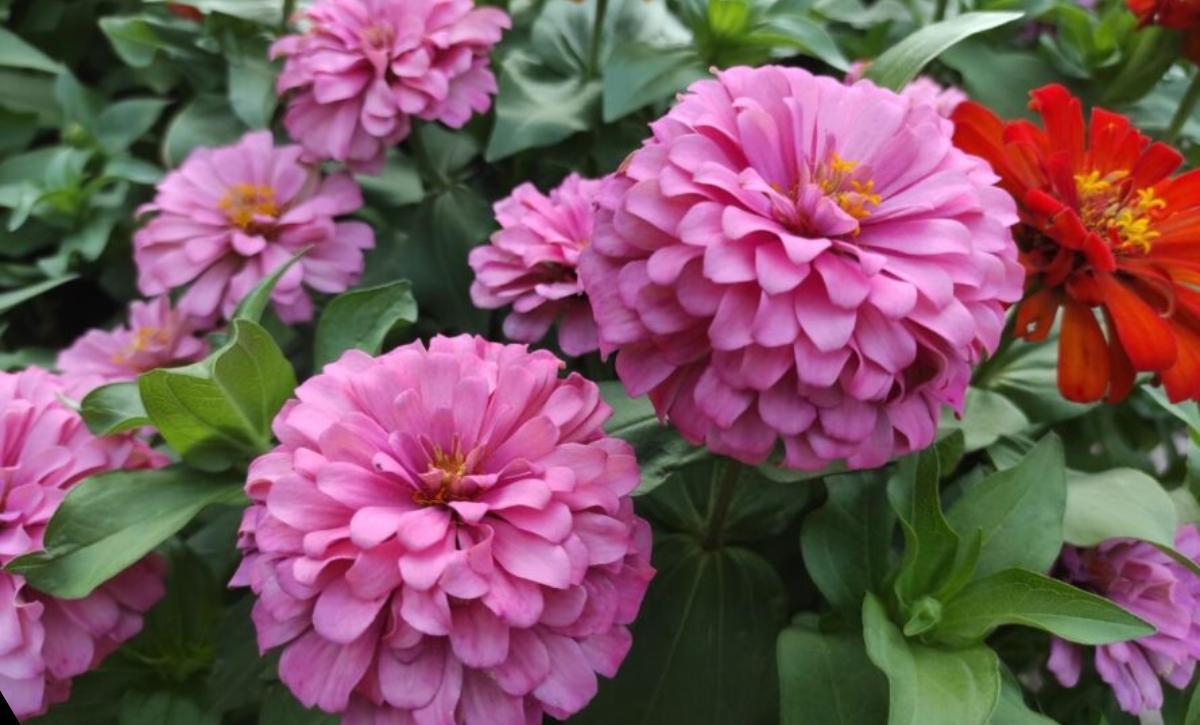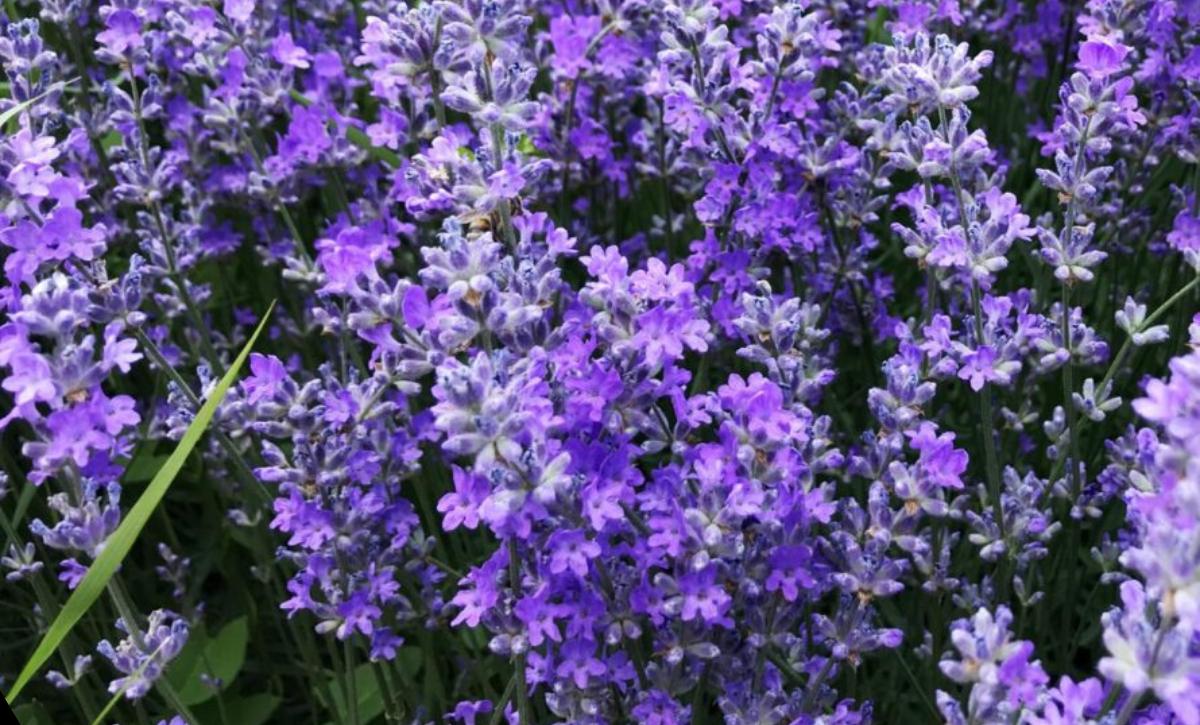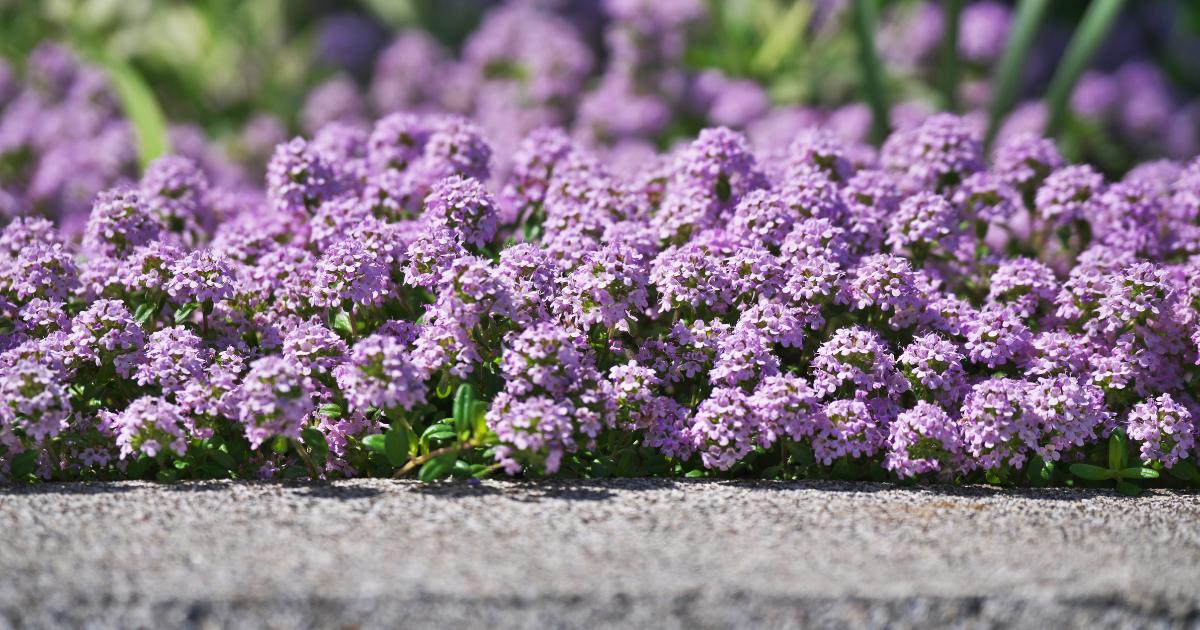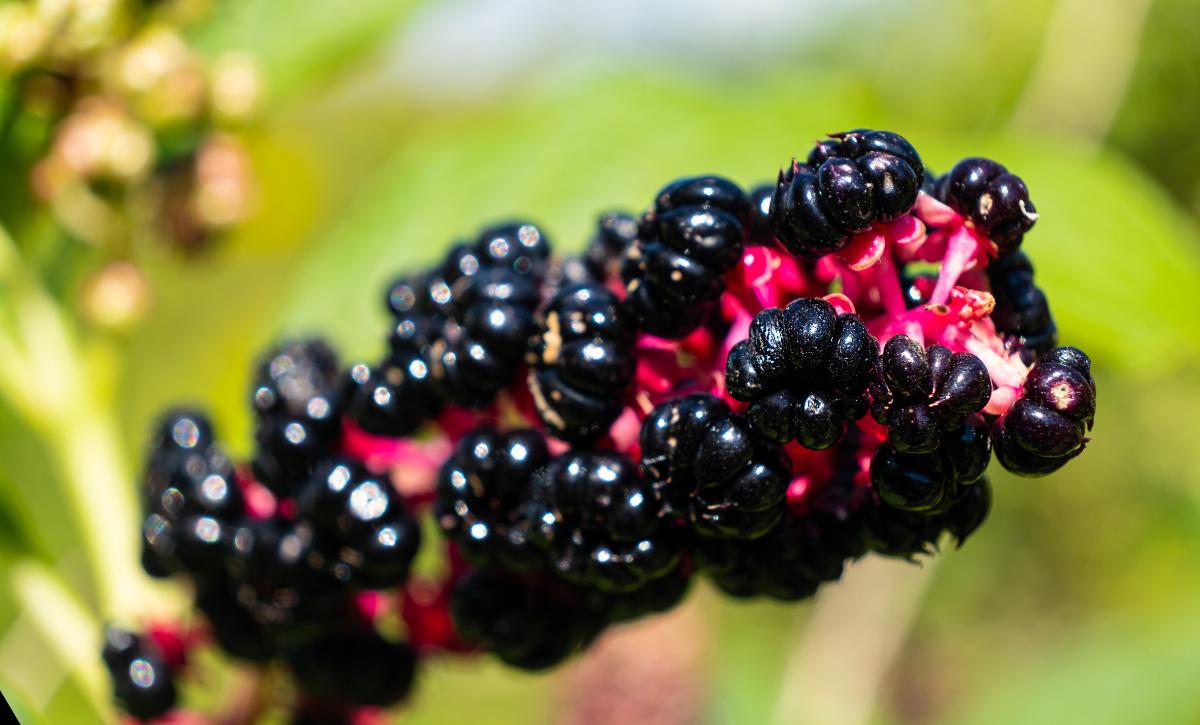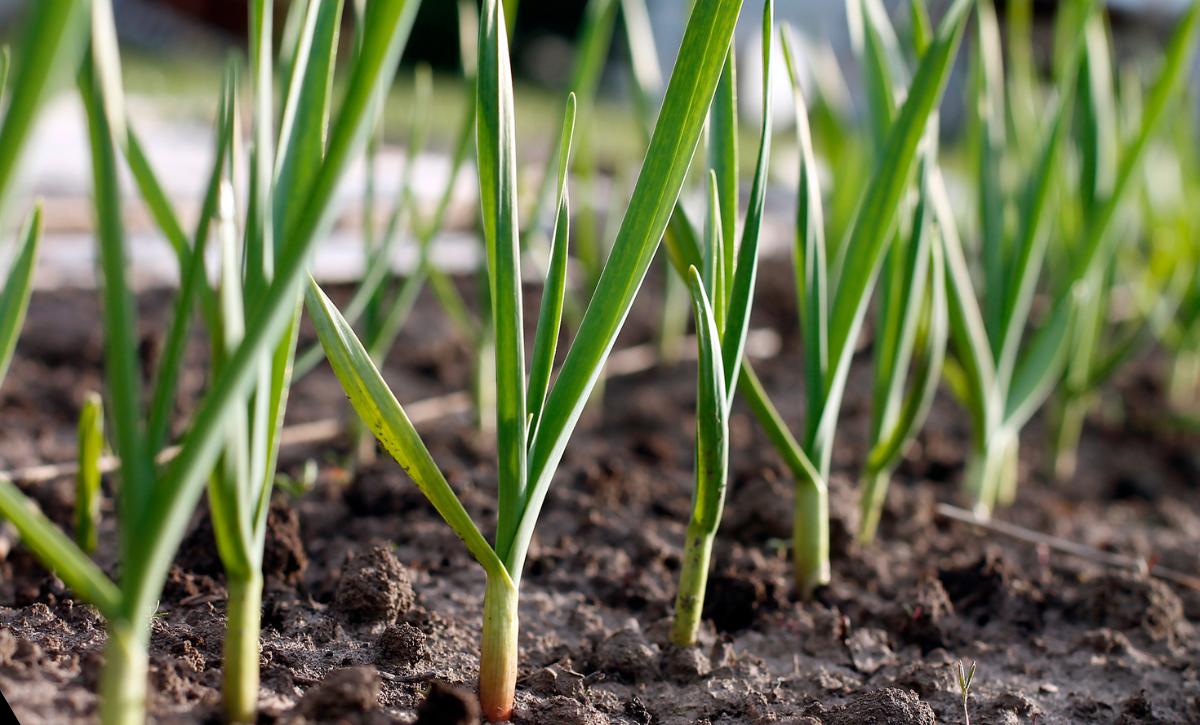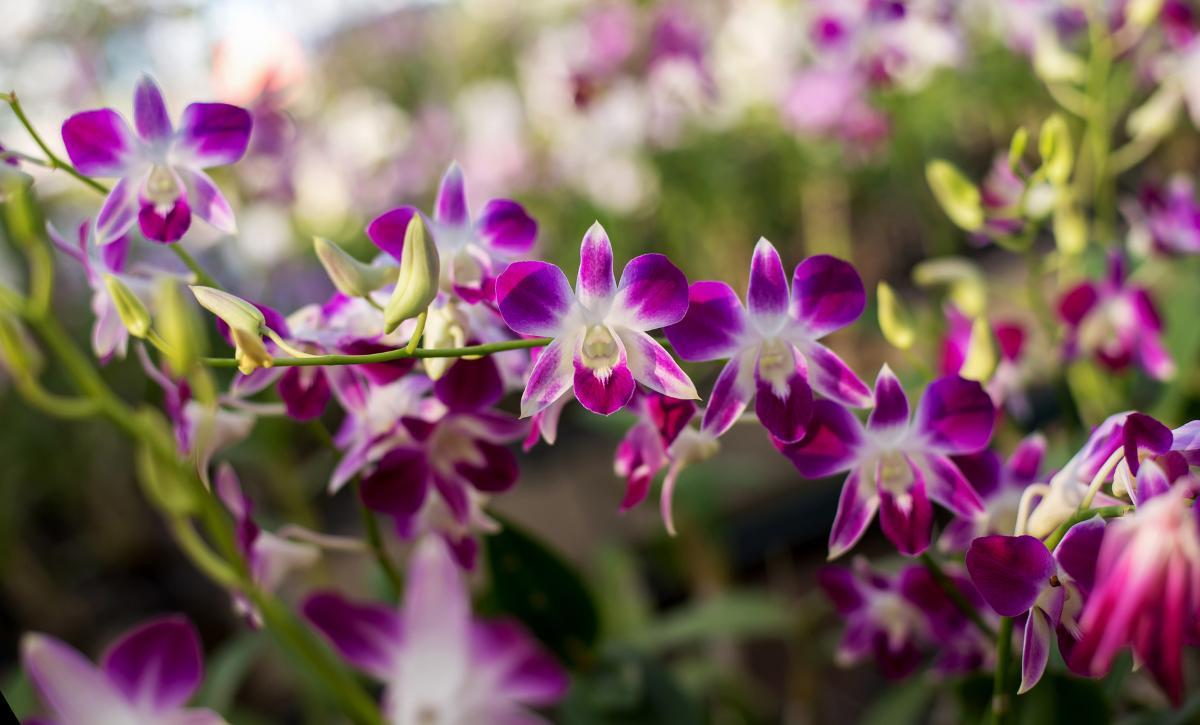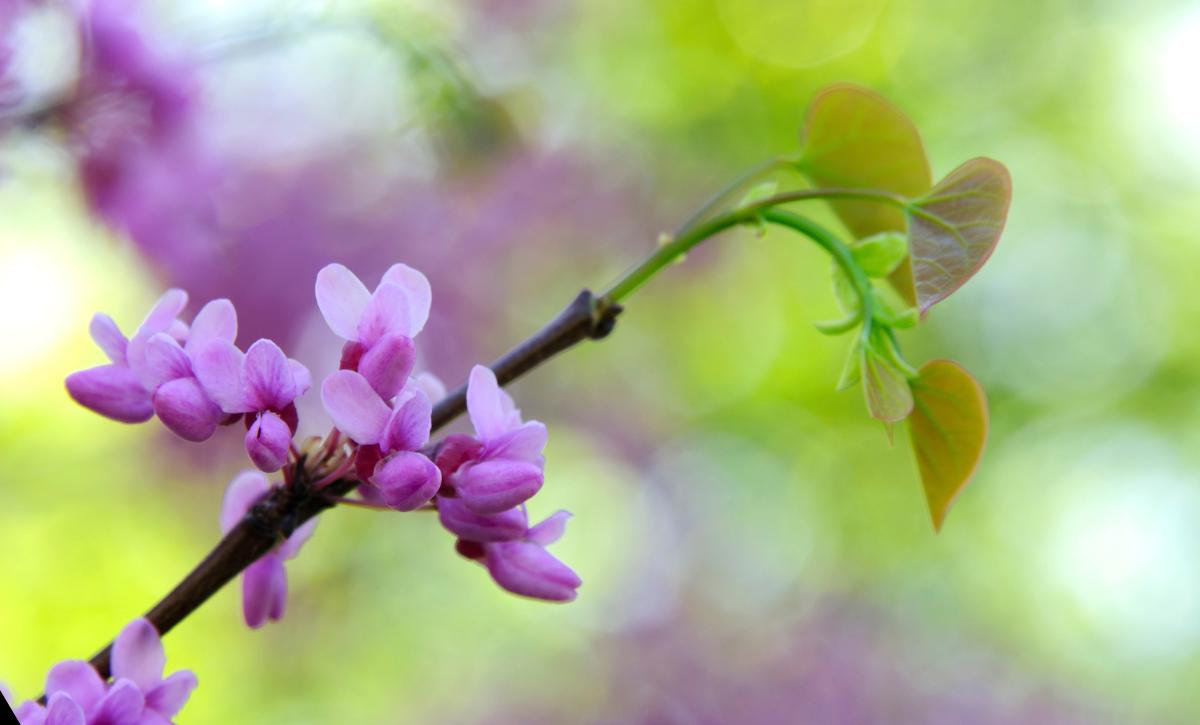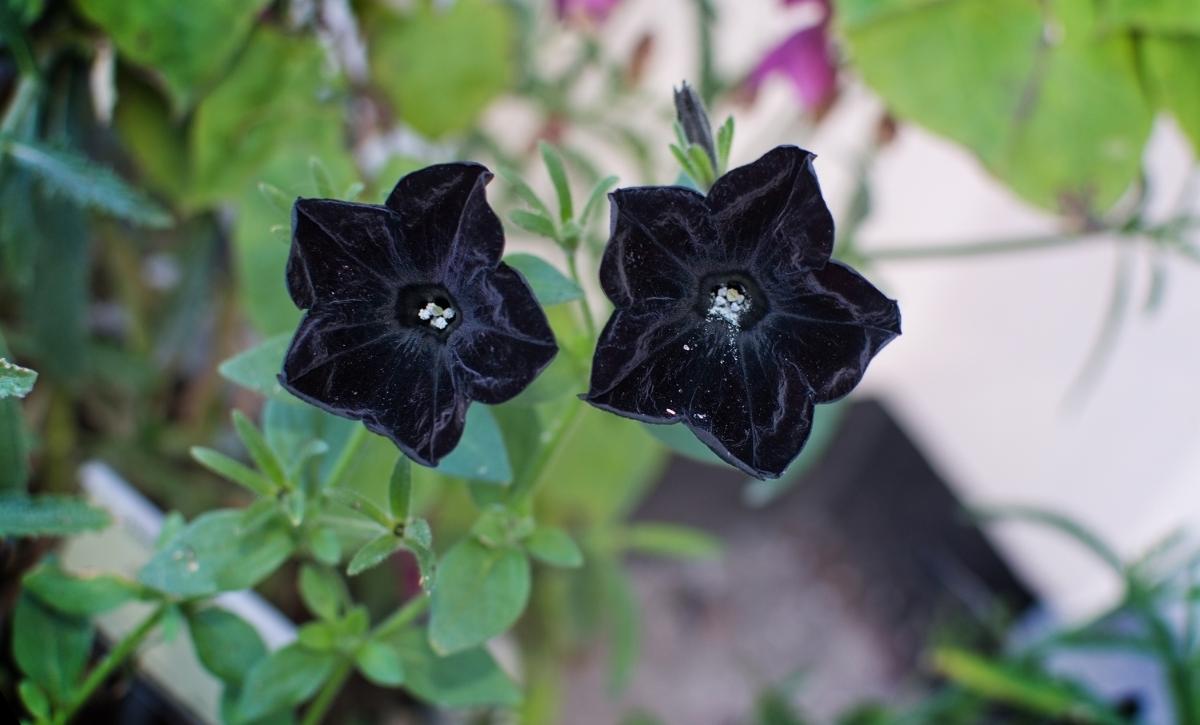The method cut to come back again refers to harvesting only the older leaves of a plant allowing the established crop to reveal new leaves. Doing so you will let the plant grow but prevent it from maturing.
This method is used in gardening to extend the harvest period and enjoy fresh home-grown products.
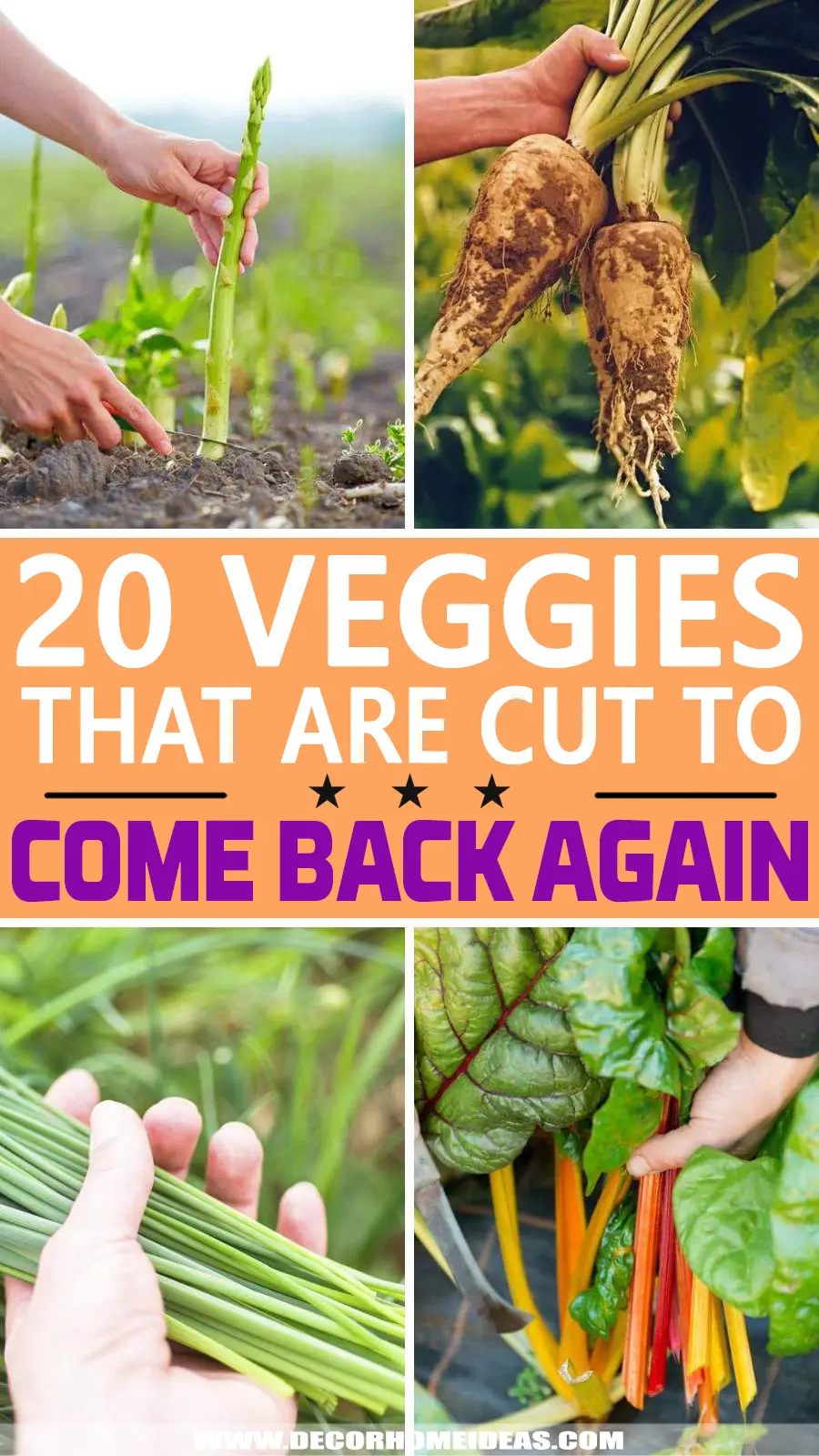
Because of the prolonged harvesting, you don’t have to maintain a garden of many crops. Today we are going to review the veggies that are cut to come back again.
1. Celery
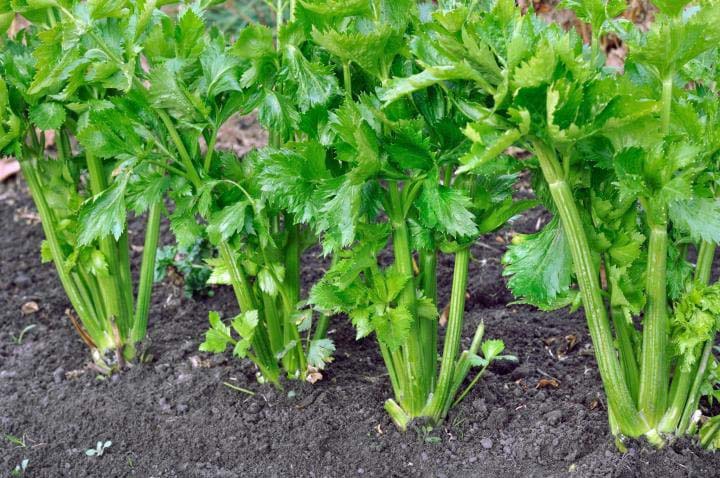
Celery is a source of calcium, sodium, copper, magnesium, iron, zinc and potassium. It also contains rare vitamins like A, K, C, D and E, as well as B6 and B12.
It grows pretty slowly but if you apply the cut-and-grow method, you will be enjoying its taste frequently.
Cut the celery leaving two inches from the base. Put the base in a bowl of fresh water and wait until new leaves appear. Once they are thick enough, you can transfer the celery into the soil.
2. Arugula
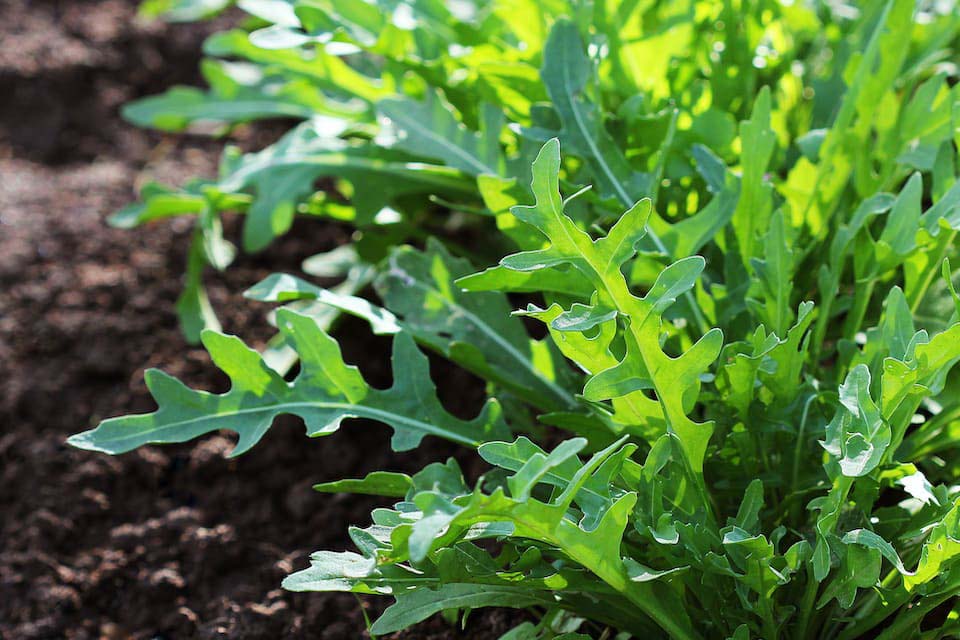
Arugula is full of antioxidants that can protect against or reverse damage to your cells perfectly. It is a great variety for the cut and come back method because the more you cut the leaves, the more they reproduce.
The key to new leaves is good watering and never cutting more than 1/3 of the plant. You will be able to harvest again in a week.
3. Asparagus
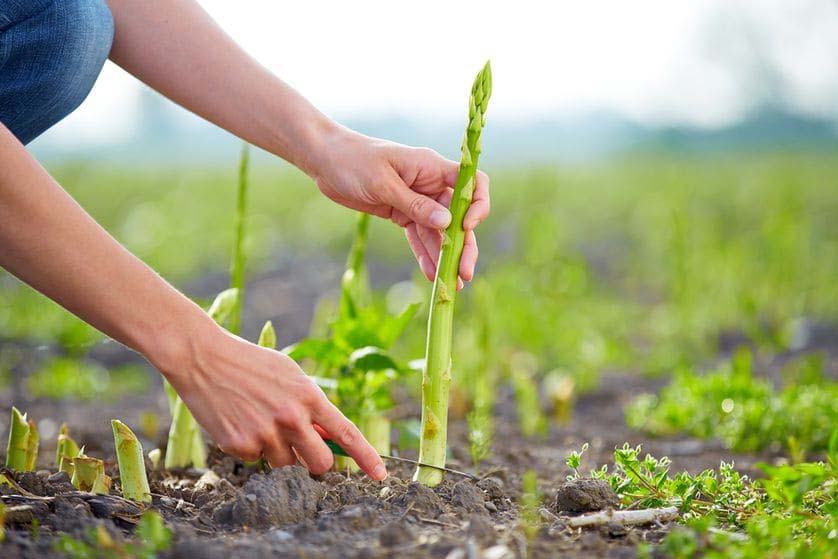
Asparagus is a great veggie if you are looking for weight loss, improved digestion, healthy pregnancy outcomes and lower blood pressure remedy. It is a nutrient-rich plant that is in our collection of Veggies That Are Cut To Come Back Again.
The more you cut the asparagus, the more the new shoots will be.
4. Beet Greens
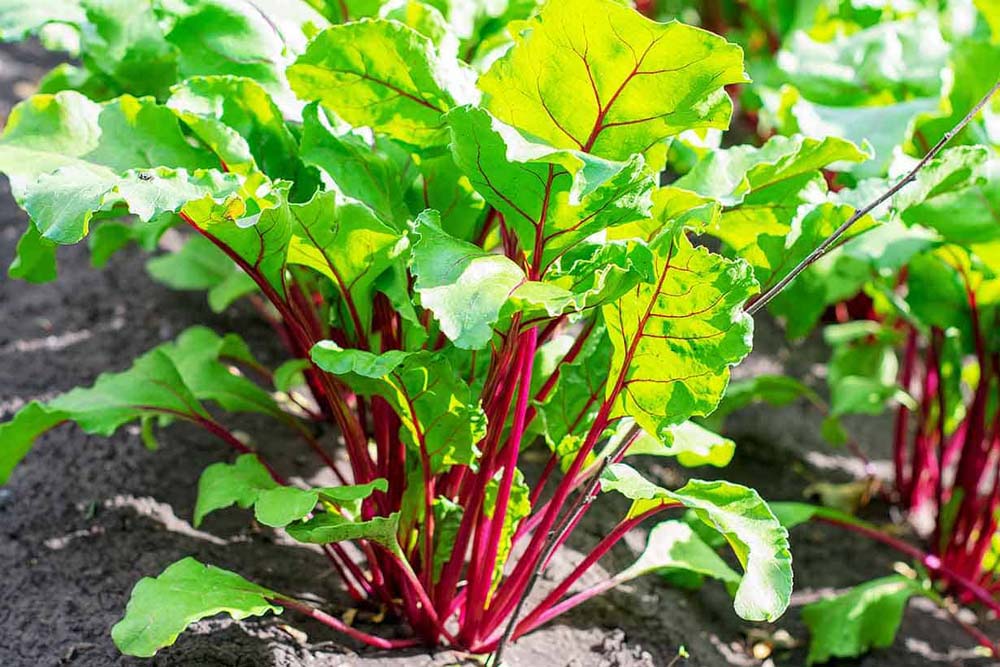
Beet greens are not everyone’s cup of coffee but they are full of nutrients that make them a valuable example of veggies that are cut to come back again. Actually, some people state that they are the most nutrient-rich veggie, containing a lot of antioxidants.
If you grow beets to eat the green ones, plant them in a flower pot laying the seeds tightly in rows. When you see the greens tall enough, pick the outer leaves from the plants and leave the thinner young ones to develop.
5. Basil
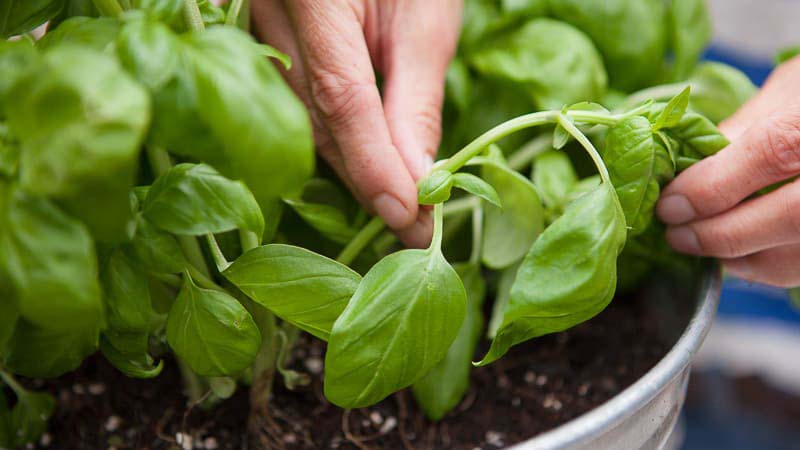
If you have your own herb garden, then basil is surely part of it. It is an irreplaceable part of many dishes and also the main product in pesto.
When the basil seeds have grown, pick up only the matured leaves. You can dry them to use as a spice or add them fresh to the meal. Pinching the leaves helps the basil plants grow stronger and delay flowering. Basil is not only tasty but also a rich nutrient plant. It is famous as a herb that helps reduce cholesterol and triglycerides.
6. Bok Choy
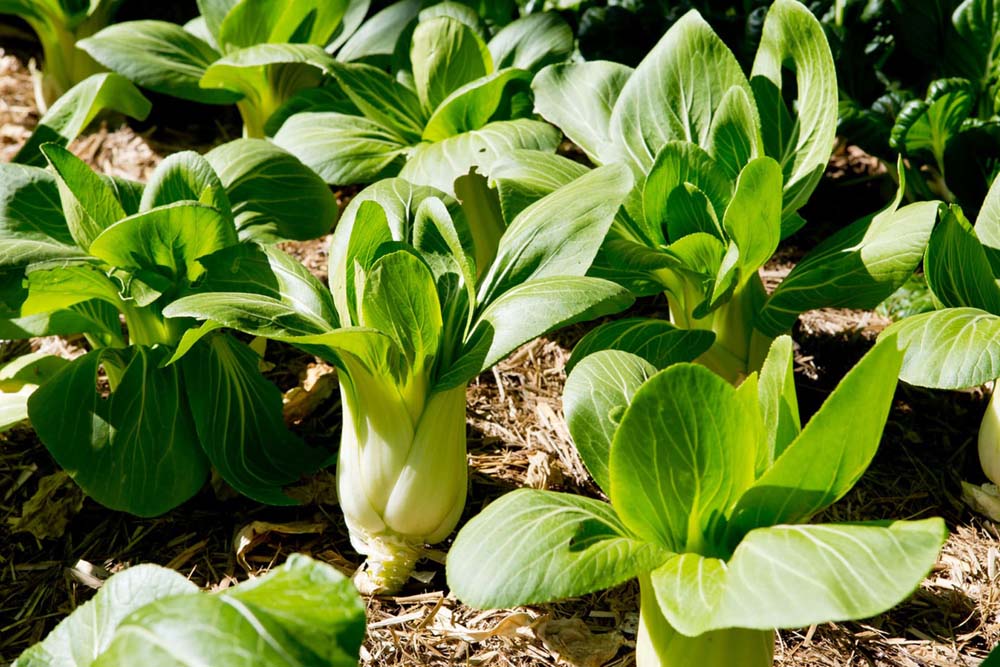
Bok choy can be added to most dishes. If you grow your home bok choy plants, make sure to pick only the outer leaves two inches from the base with a knife.
Don’t touch the new leaves but leave them to mature. The bok choy is rich in vitamins C, A, K, and folate.
7. Chives
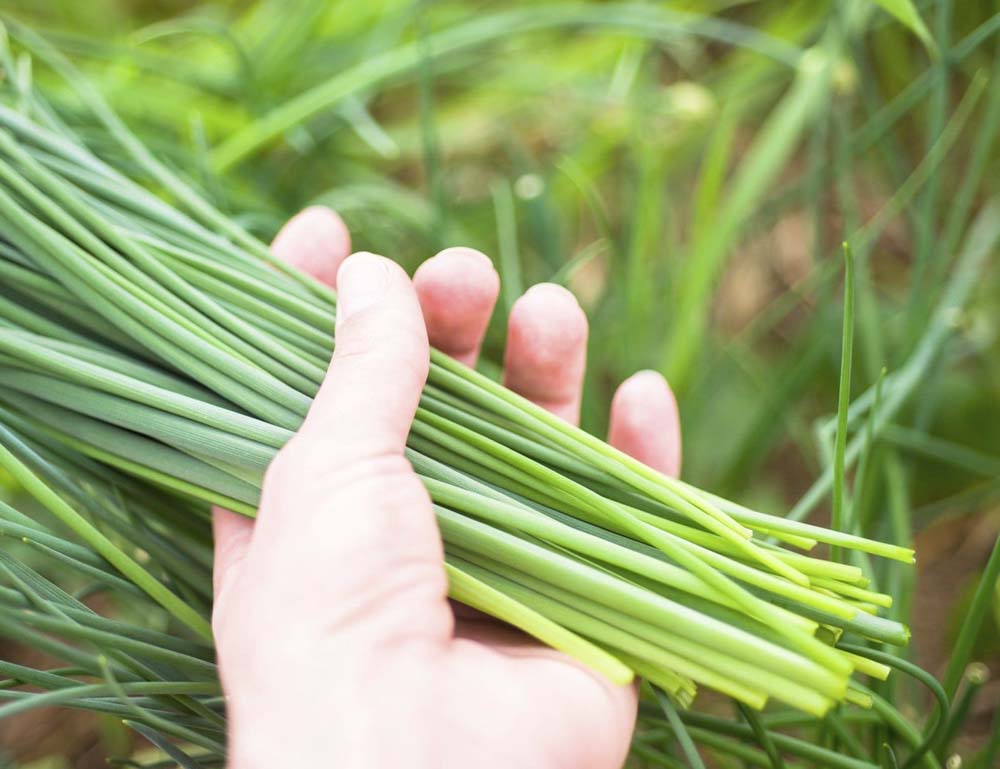
Chives are a great ingredient for fish, soups, omelets and salads. You can also benefit from its nutrient properties such as vitamin C, folate, and choline.
If you enjoy its taste, you can easily grow it in your garden and harvest it all summer long.
Cut the stems back with scissors and add to the dish. New stems will appear in a few weeks.
8. Collard Greens
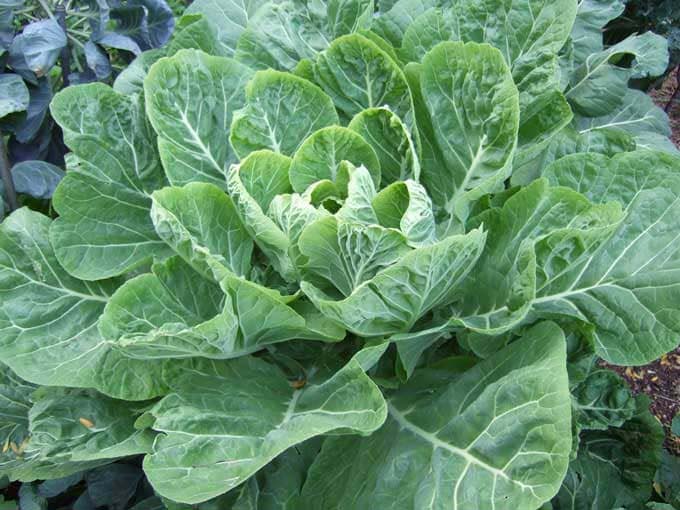
Collard greens can be eaten raw in sandwiches or salads or cooked in dishes. They are in the broccoli family and are a source of vitamin A, vitamin C, and calcium, a rich source of vitamin K, and a good source of iron, vitamin B-6, and magnesium.
Take a harvest by cutting only the outer leaves one inch above the stem. Leave the young leaves to mature and get ready for harvest.
9. Corn Salad
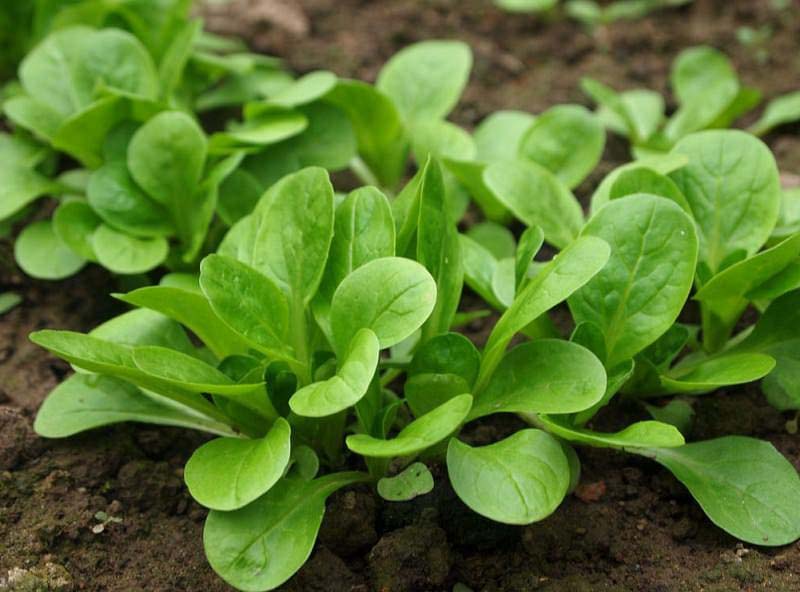
Corn salad is known to intensify the immunological system and protect against cardiovascular diseases.
To cut the corn salad and let it grow again, get a knife and cut only a few of the leaves at least 1 inch above the base. This will allow the plant to grow back again.
10. Cress
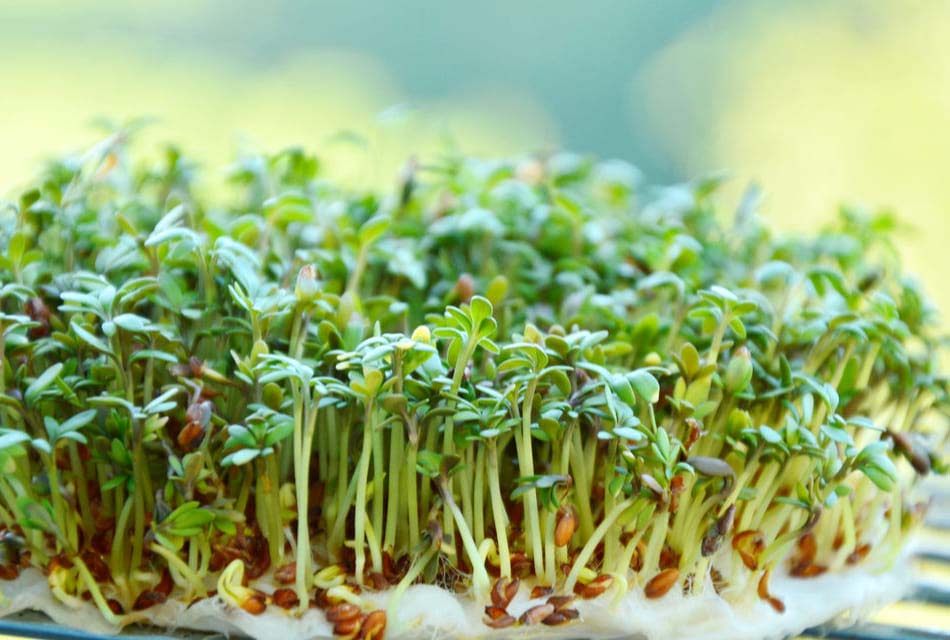
Cress is a rich source of vitamin K and is one of the greatest examples in our collection of Veggies That Are Cut To Come Back Again.
If you want to cut the cress to come back again, leave half an inch between the soil and the cut seedings.
11. Dandelion
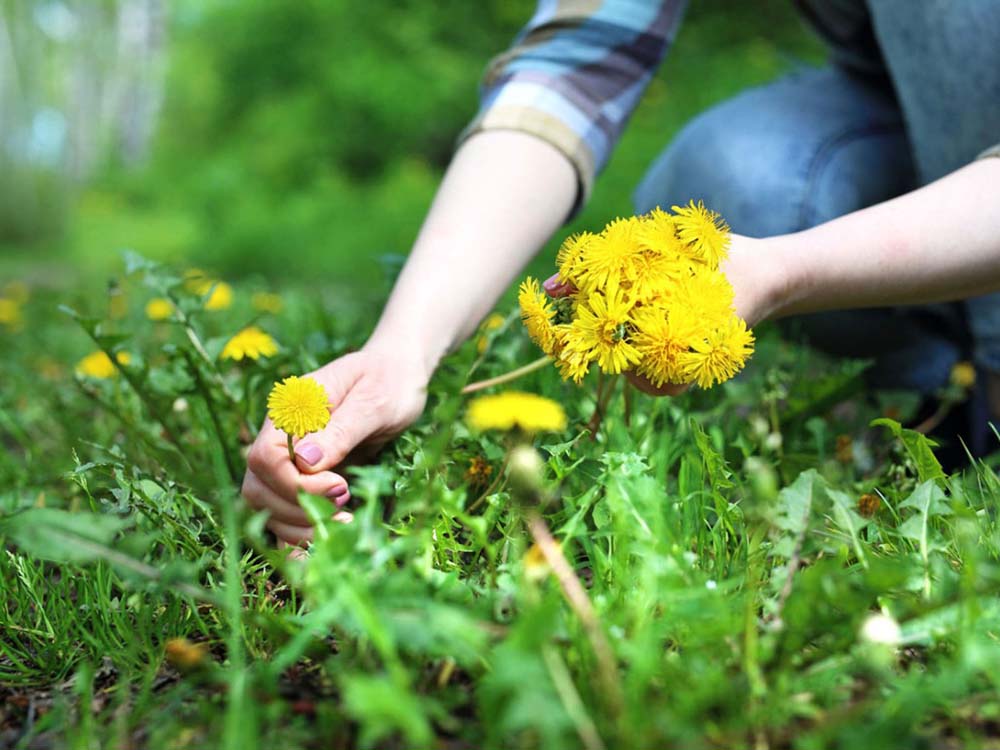
Some people say that dandelion is more nutrient than spinach because of the rich content of vitamins and minerals such as Vitamins A, C and K. All parts of the dandelion are edible.
This plant offers a wide variety of usages in the kitchen. The largest leaves can be picked up to be added to a salad, to a bread. You can also dry them to boil a healing potion.
12. Kale
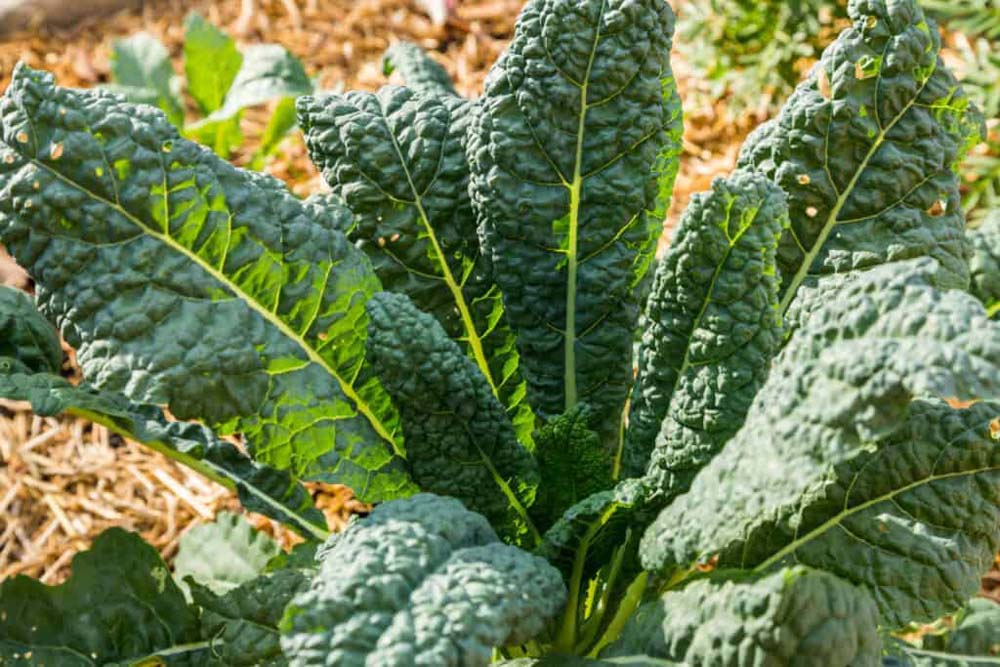
Kale is an anti-toxic veggie. It grows quite large and offers wide leaves to add to your meals. Pick up the matured leaves an inch above the base. A week after, you can pick up new leaves.
Although this is not one of the favorite veggies, it is famous for its nutritional properties.
13. Radicchio
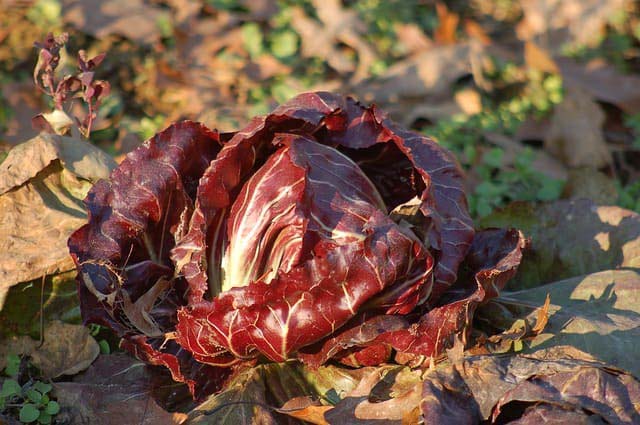
Radicchio is an easy-to-grow plant. It is famous for its unpretentious maintenance and rich nutrient properties. Radicchio is high in zinc, copper, and vitamin K.
To cut it in a way allowing coming back, cut the head of the radicchio an inch away from the ground. If the weather is cold, new leaves will appear from the crown in a couple of weeks.
14. Roman Lettuce
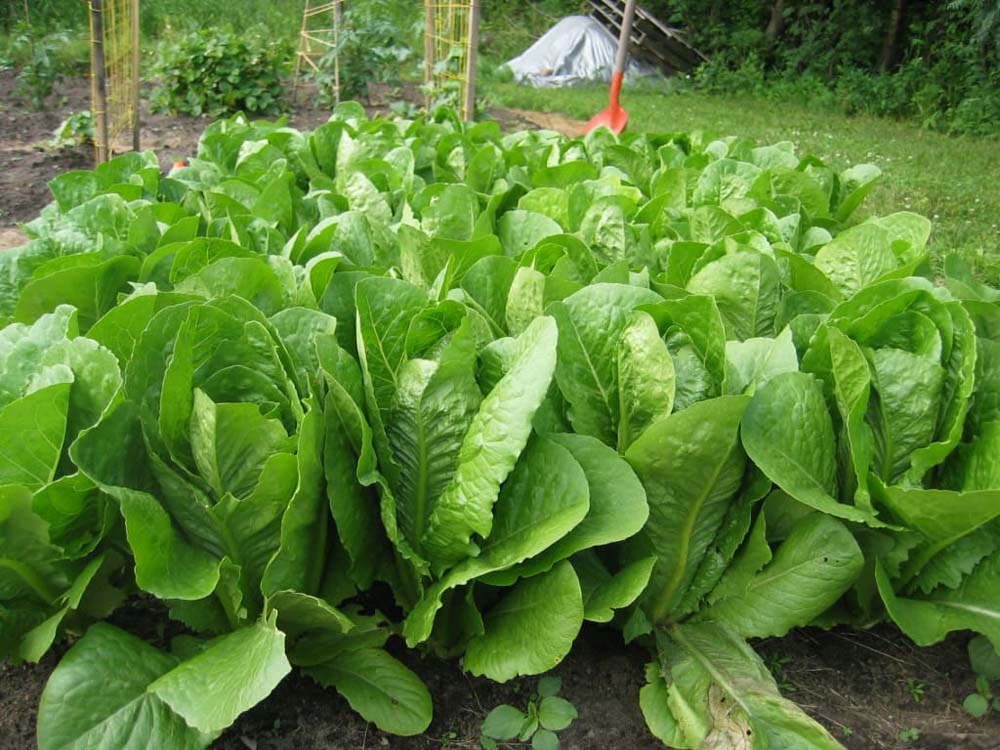
Roman lettuce can also be cut to come back again! The health benefits of Roman lettuce are a combination of beta carotene and vitamin C that prevents cholesterol.
Go to the garden in the morning when the leaves are full of moisture and cut the leaves an inch above the ground. Soon, a new lettuce head will appear and start to grow.
15. Scallion
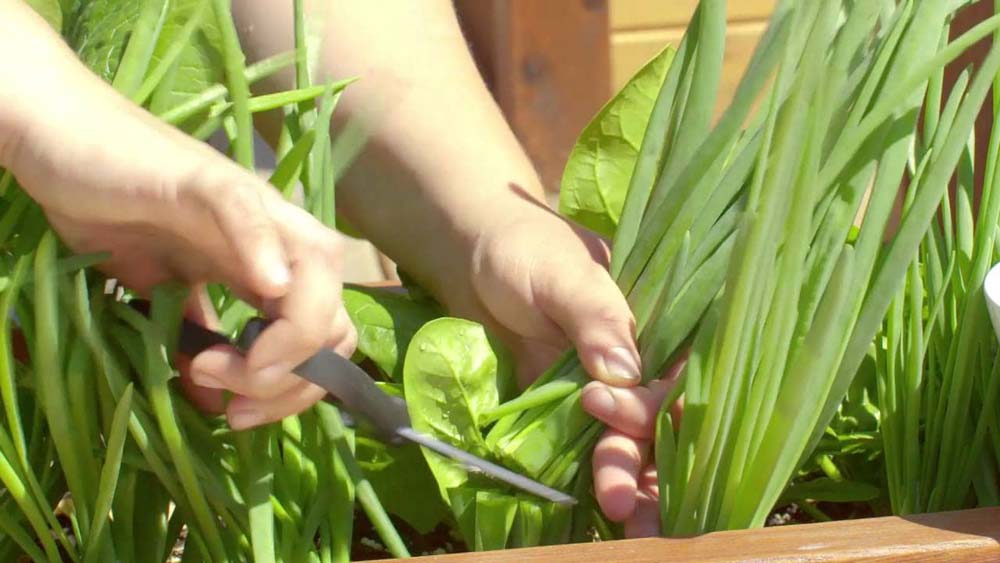
Green onions are very easy to grow in general and also great as cut-to-come-back veggies.
Cut the leaves as close as possible to the ground.
The root will continue to reproduce new leaves. Cutting the leaves will also encourage the new ones to grow bigger. Like all other leafy greens, scallions are rich in anti-oxidants, plant fiber, minerals, and vitamins that have proven health benefits
16. Spinach
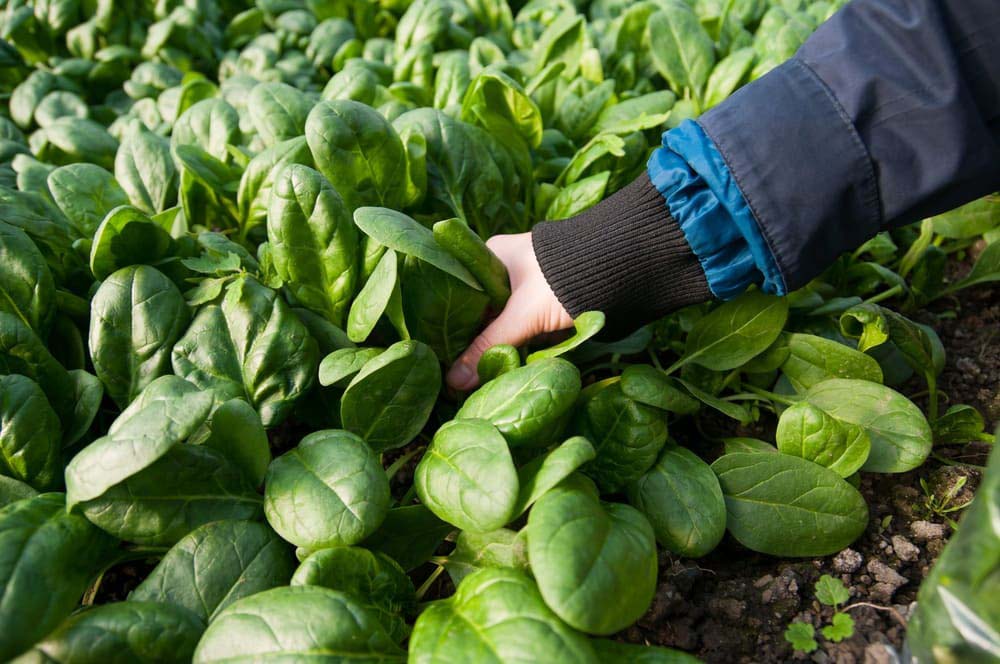
Spinach is great cooked and raw and full of many valuable vitamins.
Spinach can be cut to come again in two ways. You can pick up a few leaves from every plant occasionally until the plants start to flower.
The other way is to wait for the spinach plants to mature and then harvest all leaves at once cutting them close to the soil. Because the plants have established roots, they can reproduce new leaves.
17. Amaranth
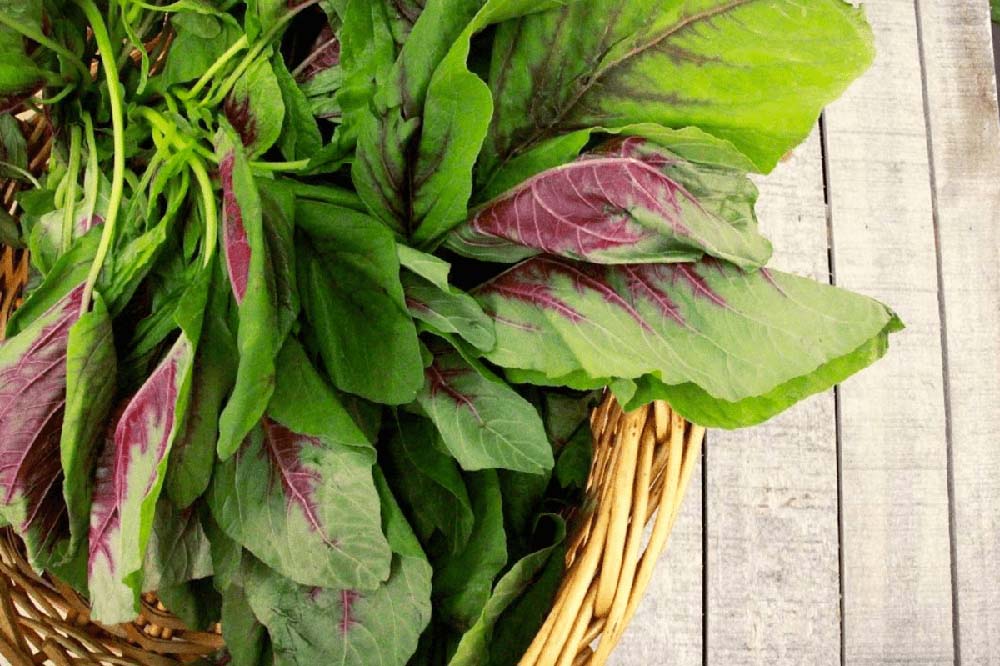
Amaranth is a nutrient veggie that produces lovely flower heads. When the heads mature, cut them back about two feet from the ground to allow the plant to produce smaller and shorter heads.
Leaves can also be harvested in their growth beginning. The mild taste of the young leaves will be combined with a good amount of manganese, magnesium, phosphorus and iron.
18. Swiss Chard
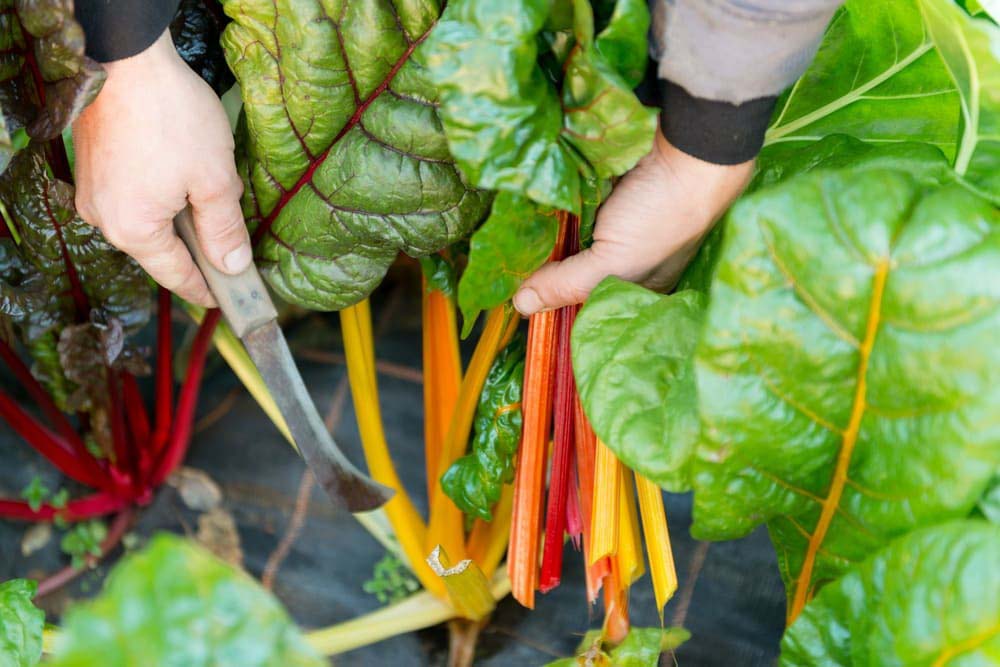
Swiss chard is an excellent vitamin C and iron source and adds an ornamental look to the garden.
Harvesting of this plant happens when the leaves get about 6 inches long.
Cut them just above the soil with a sharp knife. The chard will produce new leaves in 10 days. The greatest thing about this veggie is that you can harvest it all summer long.
19. Chicory
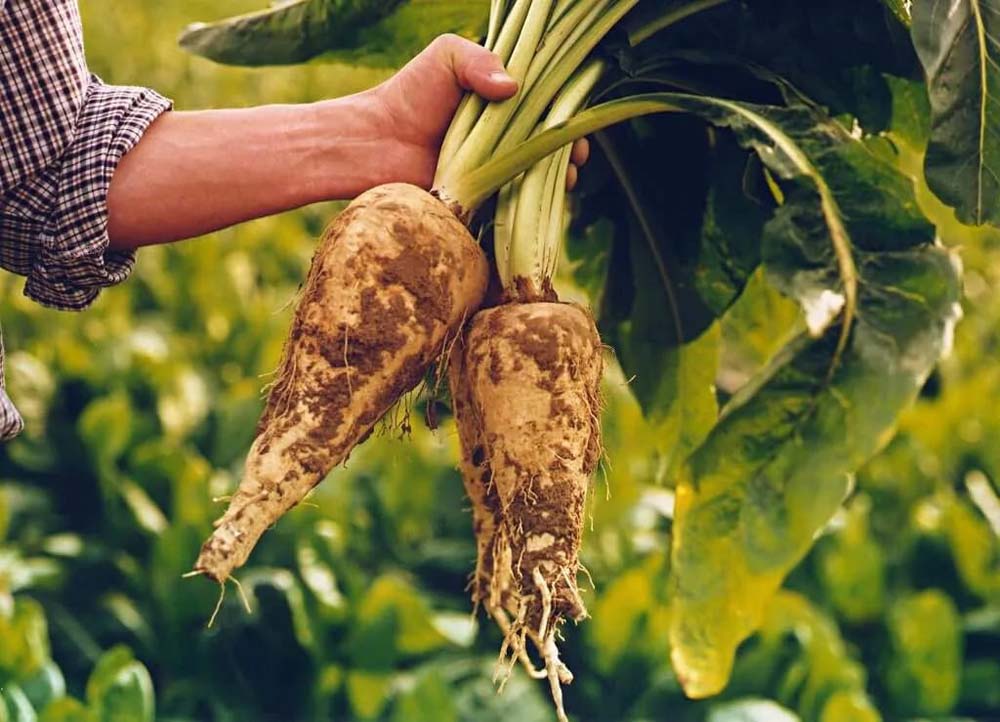
Chicory is easy to grow a plant that is not as famous as the Swiss chard. Nonetheless, it is a cut-to-come-back plant that is a source of essential minerals such as potassium, calcium, magnesium, selenium, and zinc.
You can harvest the leaves of the chicory just above the soil from late summer till mid-fall.
20. Turnip Greens
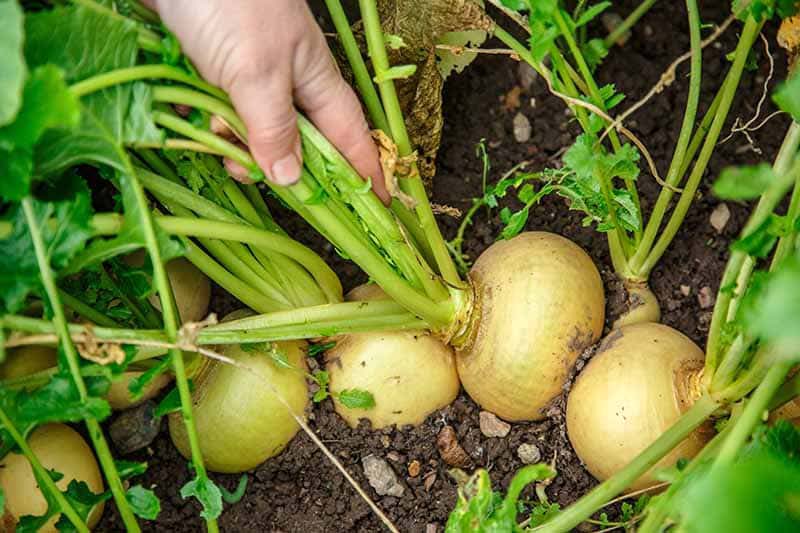
Turnip greens can be harvested at the end of summer allowing you to extend the joy of homemade nutrient food. Turnip greens are a source of valuable minerals and vitamins which prevent cancer, osteoporosis, anemia, and diabetes.
Simply harvest the leaves just above the soil. The established roots will produce new leaves in a couple of weeks.

